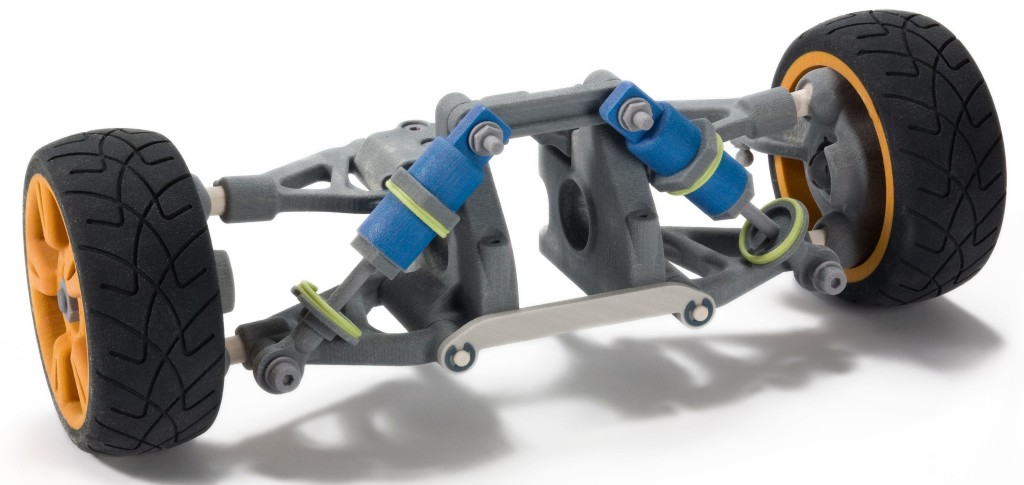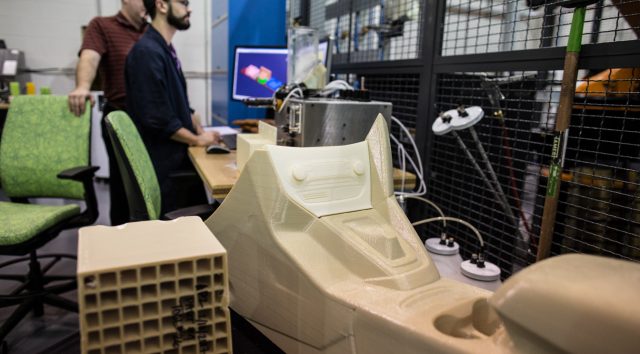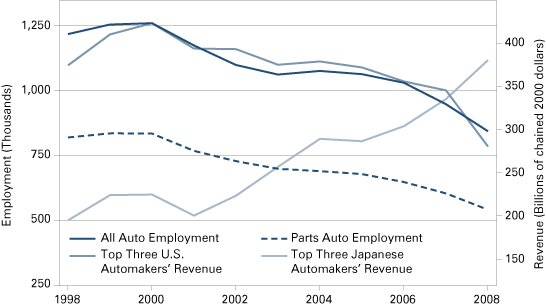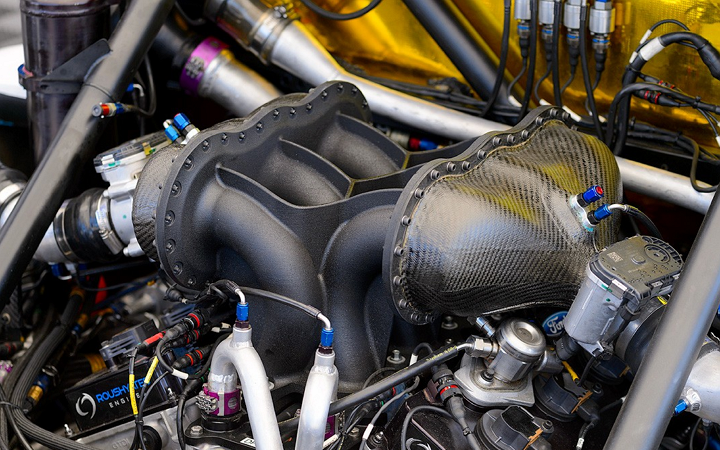Ford Tests 3D Printing for Parts (F)
In a press release published Monday, Ford Motor Co. (F) announced that it is testing Stratasys Ltd.'s (SSYS) Infinite Build 3D printer with the aim of producing low-volume parts at a more reasonable cost. The firm gave examples of applications including prototypes, racing vehicle components and personalized parts, but it also hinted at farther-reaching changes: "Capable of printing automotive parts of practically any shape or length, the Stratasys Infinite Build system could be a breakthrough for vehicle manufacturing."
Ford's announcement may mark a turning point in the auto industry by reducing the time, cost and waste involved in vehicle manufacturing. Additive manufacturing, as 3D printing is also known, works by stacking up liquefied material, layer by layer, as opposed to the traditional subtractive approach. It has been used – with varying degrees of success – to build things as varied as homes, shoes, guns and organs. The most obvious advantage of this technology is that it eliminates waste: rather than chipping away what doesn't belong from a block of raw material, you add only what does belong.
Casting, in which liquid metal is poured into a mold, shares this advantage with additive manufacturing. Both techniques also allow an identical part to be produced ad infinitum; the only additional input required (almost) is raw material. But casting, a mainstay of vehicle manufacturing, suffers from a major drawback: tweaking a design requires producing an entirely new mold. Not so with 3D printing, in which changing the specifications of a custom part, for example, involve a tweak to the code.
3D-printed parts can also be less than half the weight of their cast-metal counterparts, according to Ford, a trait which may improve fuel efficiency.
There is another difference between casting and additive manufacturing, which has the potential to accelerate a trend that is already well underway. As the name Infinite Build suggests, Stratasys' system is fairly self-sufficient once provided with instructions and a supply of materials. "When the system detects the raw material or supply material canister is empty," says Ford's press release, "a robotic arm automatically replaces it with a full canister. This allows the printer to operate unattended for hours – days, even."
Ford pioneered assembly-line manufacturing in the early years of the last century. The company famously paid generous wages and kept reasonable hours: $5, or a bit over $120 in today's money, for an eight-hour day. The aim was to reduce turnover and absenteeism by attracting higher-caliber workers, but a happy side-effect was that Ford contributed to the creation of a prosperous middle class – one that could buy the Model Ts it made.
For decades, car manufacturing provided good jobs to Americans without specialized skills. Those jobs now appear to be disappearing. Total employment in the sector is below its level in 1990, according to the Bureau of Labor Statistics (BLS), and down nearly 29% from its peak of 1.3 million in June 2000.
Donald Trump and others have blamed trade for this decline, particularly trade with Mexico and Japan. Not only are foreign firms' cars a common sight on American streets; all major U.S. manufacturers now make at least some vehicles and parts in Mexico. But the decline in U.S. vehicle manufacturing employment lagged the introduction of NAFTA, a free trade deal with Mexico, by over six years.
Automation may be the biggest culprit behind Detroit's decreased demand for labor, American or otherwise: robotic arms of the type that re-supply 3D printer dominate modern assembly lines. The same phenomenon extends to the most of the manufacturing sector, where jobs that cannot be automated – such as textile manufacturing – have gone overseas. For all the talk of the decline of American manufacturing, the sector has enjoyed an 85.3% real rise in output since the first quarter of 1987. The problem for workers is, it needed 29.6% fewer laborers to do so.
Additive manufacturing has the potential to accelerate that trend, helping Ford and others to produce lighter components in smaller batches, through a process that is less wasteful, expensive, time consuming – labor-intensive. Even as the value provided to investors and consumers improves, assembly line workers find themselves increasingly rendered obsolete.




